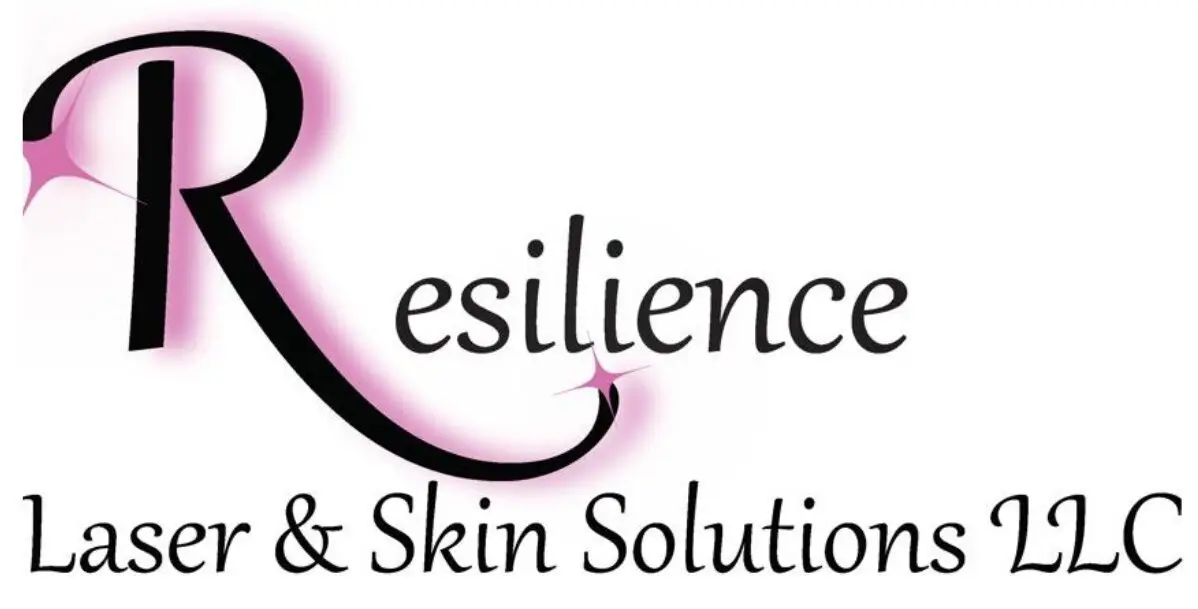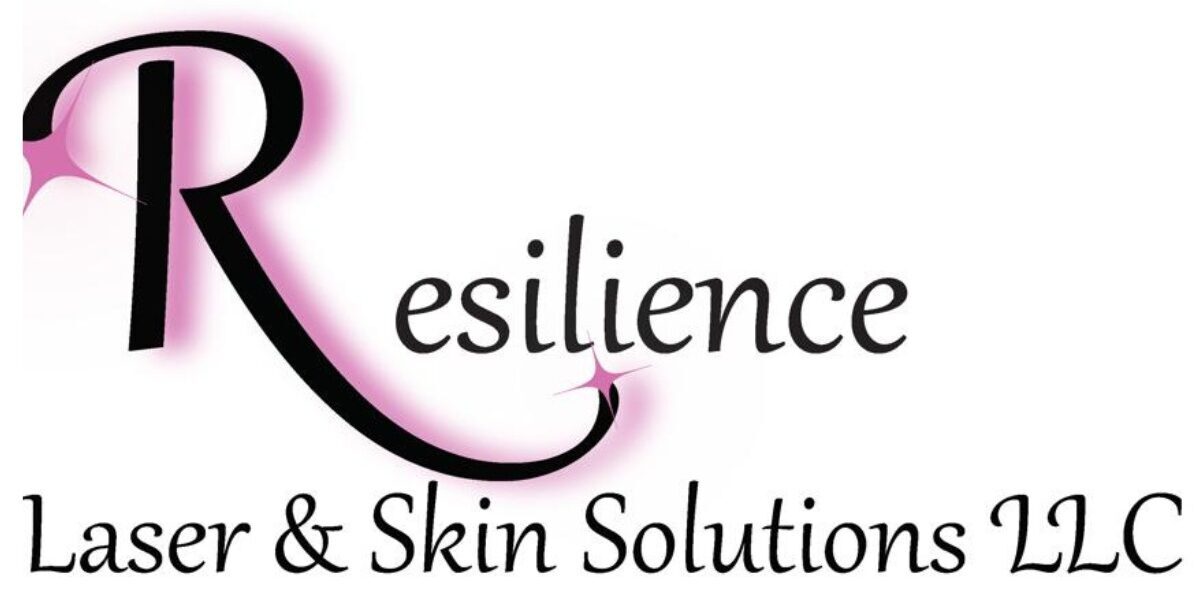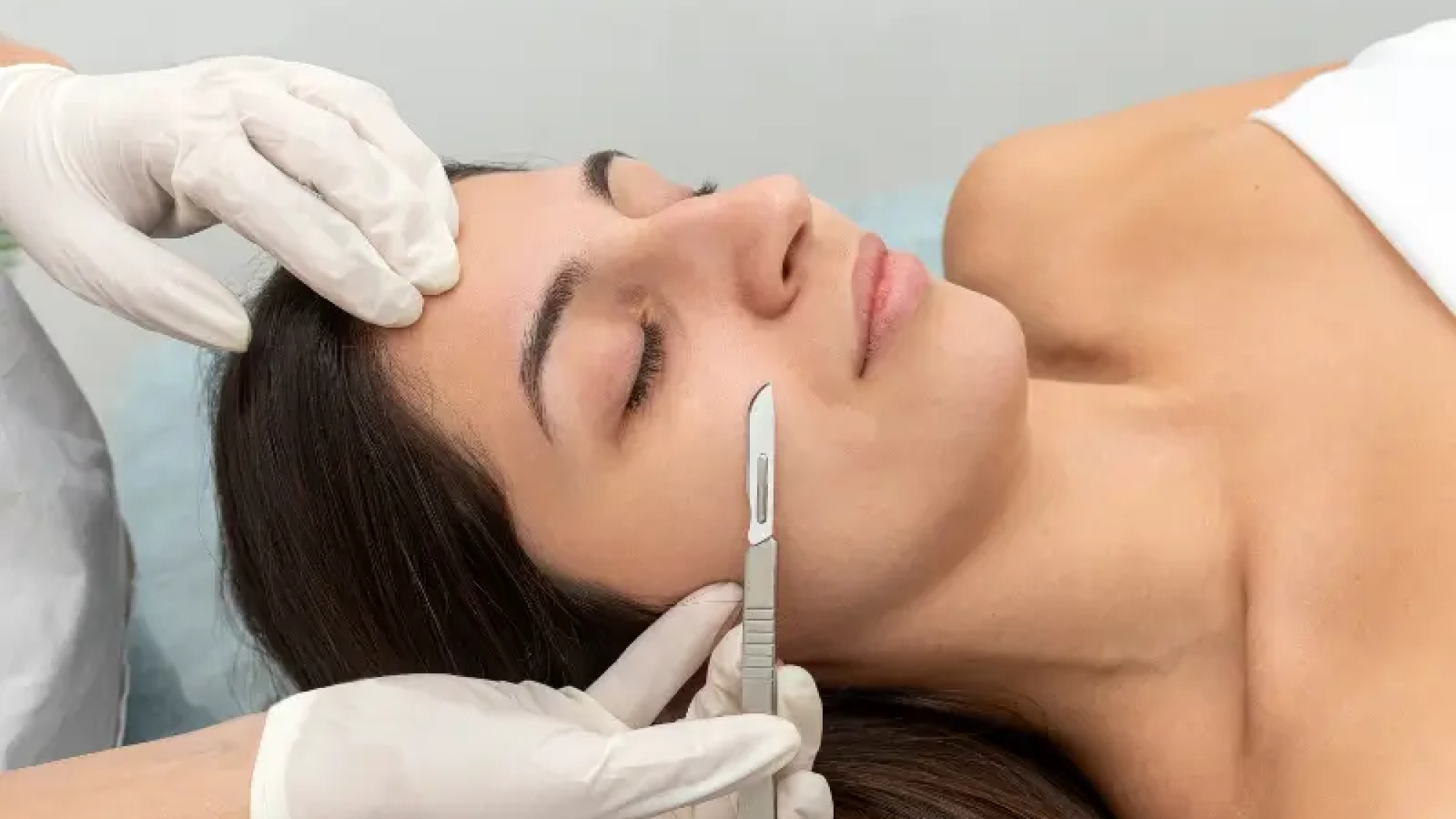If you’re looking to refresh your skin and bring back that youthful radiance, Dermaplane Facial are a fantastic option in the world of skincare. These facials work wonders in giving you smooth, glowing skin without much downtime. Explore the magic of Dermaplane Facial from how they work to the amazing benefits they offer Find out why this treatment is a must-try for anyone seeking a rejuvenated complexion
What is Dermaplaning?
Dermaplaning is a skincare technique that uses a sterile surgical scalpel to carefully remove the top layer of dead skin cells and fine hair, often called “peach fuzz,” from your face. This treatment reveals a smoother, brighter complexion and enhances the absorption of skincare products, making your routine more effective.
Dermaplane Facial Benefits:
1. Exfoliation
Dermaplaning provides deep exfoliation by removing the outermost layer of dead skin cells, which can clog pores and dull the complexion.
2. Smoother Skin
By eliminating fine hair and dead skin cells, Dermaplaning leaves the skin feeling incredibly smooth and soft.
3. Enhanced Product Absorption
With the barrier of dead skin cells removed, your skincare products can penetrate more effectively, maximizing their benefits.
4. Makeup Application
Dermaplaning creates a flawless canvas for makeup, allowing for smoother application and a more polished look.
5. Immediate Results
Unlike other exfoliating treatments that may cause redness or flaking, Dermaplane Facial delivers immediate results with minimal to no downtime.
6. Cleanse and Moisturize
After you’ve finished Dermaplaning, cleanse your face again to remove any residual skin cells and hair. Follow up with a hydrating serum or moisturizer to soothe and nourish your skin.
Who Can Benefit from Dermaplaning?
Dermaplane Facial is suitable for most skin types, particularly those with dry, rough, or uneven skin texture. It is also safe for pregnant or nursing women who may want to avoid chemical exfoliants. However, individuals with active acne, rosacea, or very sensitive skin should consult with a dermatologist before undergoing Dermaplaning.
Post-Treatment Care:
Dermaplane Facial Proper aftercare is essential to maximize the benefits of Dermaplane Facial and maintain healthy skin:
- Avoid Sun Exposure: Your skin will be more sensitive post-treatment, so apply sunscreen and avoid direct sun exposure.
- Hydrate: Keep your skin hydrated with a gentle, non-comedogenic moisturizer.
- Avoid Harsh Products: Steer clear of retinoids, AHAs, BHAs, and other exfoliants for at least 48 hours after dermaplaning.
- Stay Gentle: Be gentle with your skin and avoid excessive touching or rubbing.
How Often Should You Dermaplane?
How often you Dermaplane Facial really depends on your skin type and personal needs. Usually, it’s good to dermaplane every 3-4 weeks. Overdoing it can irritate your skin, so let your skin recover fully between treatments.
Professional Dermaplaning vs. DIY Dermaplaning:
While at-home Dermaplane Facial is an option, seeing a professional offers clear advantages:
- Expertise and Precision: Licensed estheticians are trained to perform the treatment safely and effectively.
- Sterile Environment: Professional settings ensure a sanitized environment, reducing infection risks.
FAQs About Dermaplaning
1. Is Dermaplaning Painful?
No, dermaplaning is generally a painless procedure. It involves using a scalpel or a specialized dermaplaning tool to gently exfoliate the skin, removing dead skin cells and fine hair. Most individuals describe the sensation as similar to light scratching or brushing.
2. How Long Does a Dermaplaning Session Take?
A typical dermaplaning session usually takes between 30 to 45 minutes. This includes the time needed for preparation, the actual dermaplaning process, and post-treatment care.
3. Can I Wear Makeup After Dermaplaning?
Yes, you can apply makeup after dermaplaning. In fact, the smooth texture of your skin post-treatment often makes for a flawless makeup application. However, it is best to wait at least a few hours before applying makeup to allow any redness or sensitivity to subside.
4. Will My Hair Grow Back Thicker or Darker?
No, dermaplaning does not cause vellus hair (peach fuzz) to grow back thicker or darker. The structure and growth of your hair are determined by your follicles, which are unaffected by the procedure.
5. Is Dermaplaning Safe for Sensitive Skin?
Dermaplaning is generally safe for sensitive skin, but it is crucial to perform a patch test first and proceed with caution. If you have conditions like eczema, rosacea, or active acne, it might be best to consult with a dermatologist before undergoing dermaplaning.
6. What Should I Avoid After Dermaplaning?
After dermaplaning, it is important to avoid sun exposure, retinoids, and other chemical exfoliants for at least 48 hours. Also, steer clear of heavy makeup and skin care products that can irritate your skin during the recovery period.
7. How Often Should I Dermaplane?
Dermaplaning is typically recommended every 3-4 weeks. Over-exfoliating can lead to skin irritation, so it’s essential to give your skin ample time to regenerate between treatments.
8. Can I Combine Dermaplaning with Other Treatments?
Yes, Dermaplaning can be combined with other facial treatments like chemical peels and facials for enhanced results. However, it’s important to consult with a licensed esthetician or dermatologist to determine the best treatment plan for your skin type and concerns.


